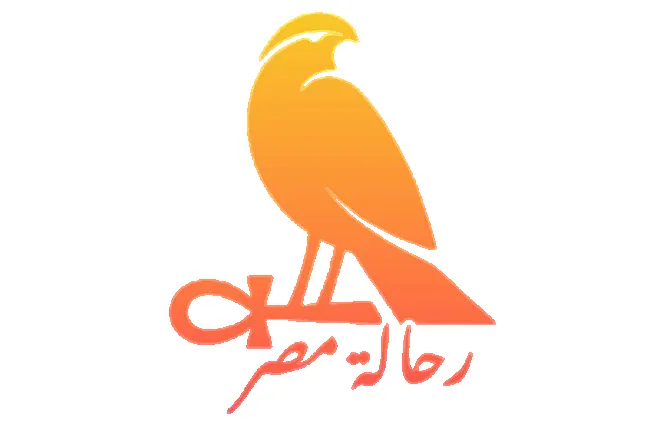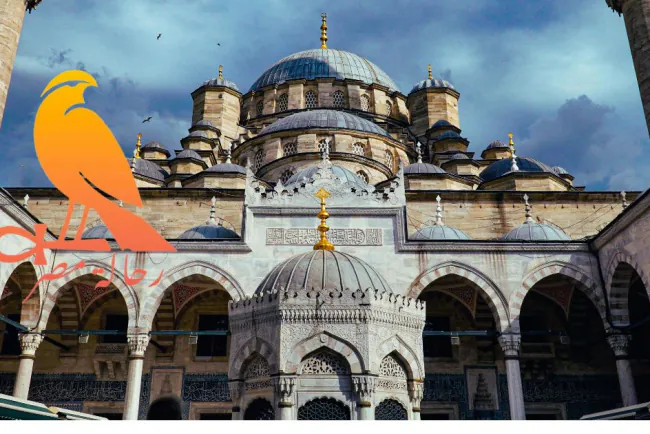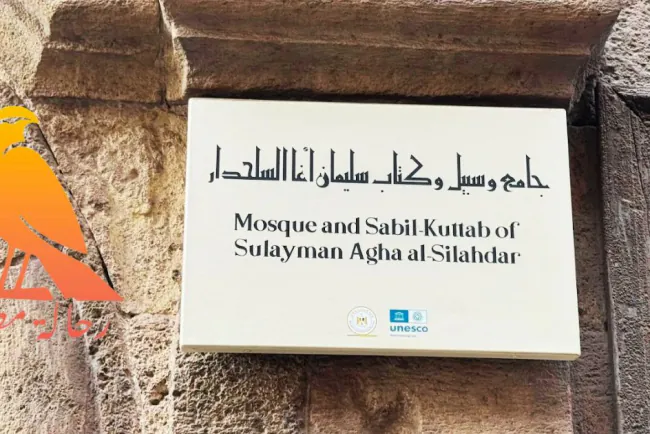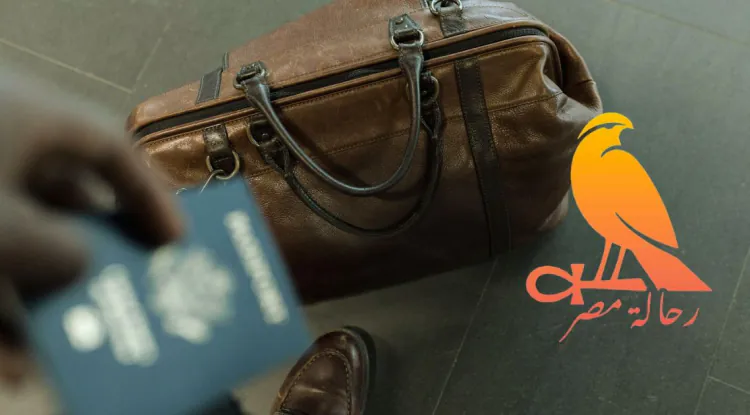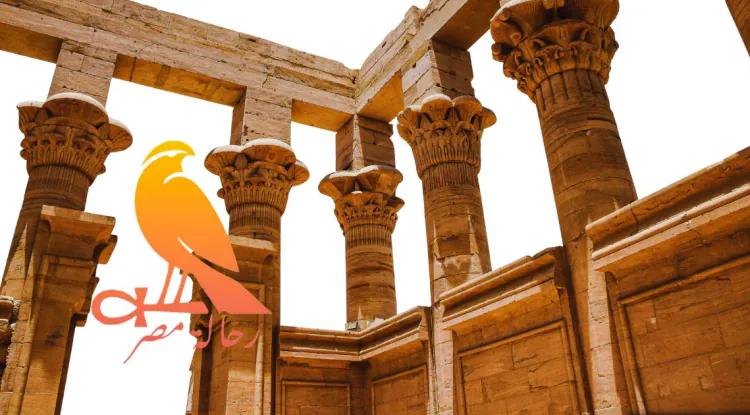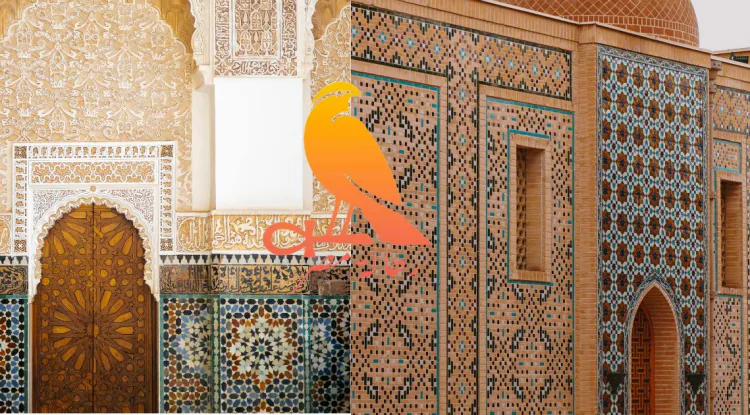Marwan ibn Muhammad's Ewer
The Ewer was found in the village of Abu Sir al-Maglaq in Fayoum. Marwan bin Muhammad was the last caliph of the Umayyad dynasty, who was killed in 132 AH. It is made of bronze.
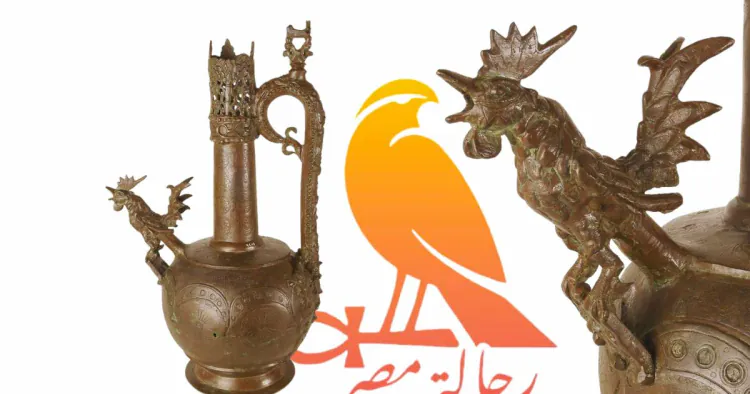
who is Marwan ibn Muhammad?
Marwan ibn Muhammad, the last caliph of the Umayyad dynasty, was assassinated by the Abbasids in Egypt, marking the fall of the Umayyad dynasty and the beginning of the Abbasid era. He was Abu Abd al-Malik Marwan II ibn Muhammad (72 AH – 13 Dhu al-Hijjah 132 AH / 691 – 23 July 750 AD), also known as Marwan al-Hammār (Marwan the Donkey).
Marwan ibn Muhammad was the last Umayyad caliph to rule from Damascus. He succeeded his cousin, Ibrahim ibn al-Walid ibn Abd al-Malik, who had abdicated the caliphate in his favor. Marwan was a brave and valiant leader, relentlessly fighting against the Kharijites, to the point that he became proverbial for his unwavering determination in battle, hence the saying: "More steadfast in battle than a donkey."
According to the book "Siyar A'lam al-Nubala" by Shams al-Din al-Dhahabi, Marwan was a brave, cunning, dignified, and powerful leader, who tirelessly pursued victory. He subdued the Khawarij in the region.
Marwan was born in the Jazira region in the year 72 AH, when his father was its governor, and his mother was a freed slave. Some say that Marwan's mother was a Kurd, named Lubaba, a slave girl of Ibrahim ibn al-Ashtar. Muhammad took her from Ibrahim's army, and she gave birth to Marwan, Mansur, and Abdullah.
He conquered Konya in the year 100 AH. He was appointed governor of Jazira and Azerbaijan by Hisham in 114 AH. He once led an expedition that crossed the Euphrates River, raiding and taking captives from the Slavs. He was fair-skinned, with a large head, thick, curly hair, a full white beard, of average height, imposing, stern, learned, eloquent, and his letters were influential. Despite all his qualities, he was not blessed with good fortune; rather, affairs became chaotic, and his reign came to an end.
He was proclaimed caliph on the fifteenth day of Safar, 127 AH. When he heard of the death of al-Walid the previous year, he called for the Muslims to pledge allegiance to whomever they deemed suitable, and they pledged allegiance to him. When he heard of the death of Yazid al-Naqis, he spent considerable funds and led an army of thirty thousand cavalry. When he reached Aleppo, they pledged allegiance to him. Then he proceeded to Homs, where he called upon them to pledge allegiance to the crown prince, al-Hakam and Uthman, sons of al-Walid ibn Yazid, who were in the custody of Caliph Ibrahim. The army of Homs joined him, and the two armies met at Marj Adhra'. Regarding his death, Suyuti mentions that Marwan ibn Muhammad did not enjoy a peaceful reign, as rebellions erupted against him from all sides. The Abbasids revolted against him, led by Abdullah ibn Ali, the uncle of al-Saffah. Marwan marched against them, and the two armies met near Mosul. Marwan was defeated and retreated to Syria. Abdullah pursued him, and Marwan fled to Egypt. His pursuer, Saleh, brother of Abdullah, followed him, and they met at the village of Buwayzir, where Marwan was killed.
The same source also recounts that after Marwan was killed, his head was cut off and sent to Abdullah ibn Ali. Abdullah looked at it for a moment, then turned away. A cat then came and pulled out his tongue, chewing on it. Abdullah ibn Ali remarked, "If the world had shown us no other marvel than Marwan's tongue in the mouth of a cat, that would have been enough."
After Marwan's death, his two sons, Abdullah and Ubaydullah, fled to Abyssinia. The Abyssinians killed Ubaydullah, while Abdullah escaped. Some time later, al-Mansur captured him and imprisoned him.
The story of disscovery:
This ewer was discovered in the village of Abu Sir al-Maglaq in Fayoum. Marwan ibn Muhammad was the last caliph of the Umayyad dynasty, who was killed in 132 AH. Made of bronze, it is 41 cm high and 28 cm in diameter. It consists of a spherical, bulging body, a moderately high base, a long neck ending in a decorated spout, and a decorative handle. The spout is shaped like a crowing rooster.
How the museum acquired the object:
The Egyptian Antiquities Authority donated this object to the Museum of Islamic Art. It was discovered in Fayoum, Egypt, within the ruins of a tomb dating back to the early Islamic period. The tomb is believed to be the burial site of Marwan II ibn Muhammad, the last caliph of the Umayyad dynasty, who ruled from 127 AH/744 CE to 132 AH/750 CE. Marwan II fled from the Abbasids to Egypt, where he was killed and buried in this tomb.
The museum of Islamic art:
The Museum of Islamic Art, located in Bab al-Khalq, in the heart of historic Cairo, is the largest museum of Islamic art in the world. It houses more than 100,000 diverse artifacts representing Islamic art from India and China, as well as from the Arabian Peninsula, Syria, Egypt, North Africa, and Al-Andalus (Islamic Spain).
These artifacts exemplify the breadth and depth of Islamic art across various periods, making it a beacon of Islamic art and civilization.
The idea of establishing a museum for Islamic art and artifacts emerged during the reign of Khedive Ismail in 1869. It was realized during the reign of Khedive Tawfiq in 1881, when Franz Pasha began collecting Islamic artifacts in the eastern courtyard of the Al-Azhar Mosque. A small building was then constructed within the mosque's courtyard, named the "Arab Museum," and placed under the management of Franz Pasha, who left his post in 1892. The current building was inaugurated during the reign of Khedive Abbas II on December 28, 1903.
In 1881, the collection consisted of 111 artifacts, and it continued to grow, reaching nearly 100,000 pieces today through acquisitions from archaeological sites, excavations, purchases, and donations. In 1951, the museum's name was changed to the "Museum of Islamic Art," and its exhibits were then displayed in 23 galleries, organized by period and material.
The museum underwent a significant expansion between 1983 and 1984. The museum's area was enlarged, and the number of galleries increased to 25. Additionally, the space previously occupied by a fuel station on the right side of the museum was repurposed to create a museum garden and a cafeteria.
Marwan's Ewer is "a unique masterpiece.
This ewer was discovered in the village of Abu Sir al-Maglaq in Fayoum. Marwan ibn Muhammad was the last caliph of the Umayyad dynasty, who was killed in 132 AH. Made of bronze, it is 41 cm high and 28 cm in diameter. It consists of a spherical, bulging body, a moderately high base, a long neck ending in a decorated spout, and a decorative handle. The spout is shaped like a crowing rooster.
This pitcher is housed in the Museum of Islamic Art in Cairo. It is attributed to Marwan ibn Muhammad, the last caliph of the Umayyad dynasty. It was discovered in Marwan's tomb in the village of Abu Sir al-Magla, Bani Sweif. Made of bronze, it features a low, round base, a spherical body, a cylindrical neck, a handle, and a spout. The body of the pitcher is decorated with raised, engraved motifs, consisting of a row of continuous, crescent-shaped arches. Within these arches are floral motifs and other designs. The neck is decorated with engraved circles and small, interconnected floral motifs. The handle rises almost straight from the body of the pitcher, then curves upwards and inwards towards the neck, ending in an acanthus leaf motif. The spout is shaped like a large rooster crowing with its wings spread. In Persian, this rooster is called "Sipid Mozai," meaning "the bird of the bright dawn." On the body of the pitcher are half-moons interspersed with pomegranate motifs, a design element that combines Islamic and Zoroastrian artistic traditions. The handle itself is shaped like a spotted snake with two ears, incorporating Greco-Roman decorative elements, and ending at its base.
What's Your Reaction?








